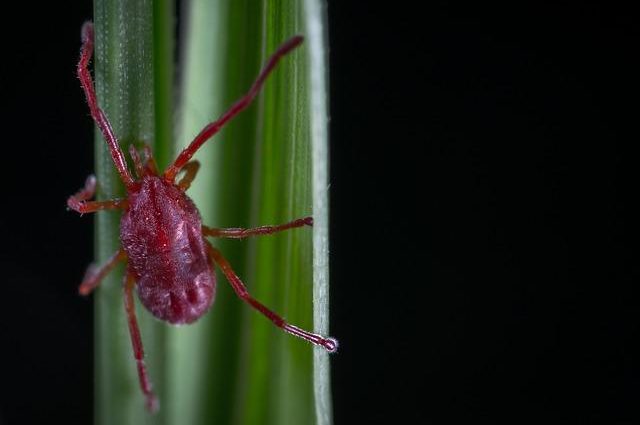Clover mites are tiny creatures that can cause big problems for your indoor plants. These pests are attracted to warm, humid environments and can quickly become a nuisance. While they don’t bite or transmit disease, clover mites can cause serious damage to your plants.
Clover mites feed on plant sap, which can weaken and even kill your plants. They also reproduce quickly, so a small infestation can quickly become a big problem.
In addition, clover mites can be difficult to get rid of once they’ve infested your home. Thus, it’s crucial to know how to eliminate and prevent these mites. We’ve highlighted some of the best methods to use in this post, so, keep reading!
Clover Mites What Are They And What Do They Do?
Clover mites are tiny, red spider-like creatures that feed on the sap of plants. They are often found in large numbers on the leaves of clover and other plants. While they are not harmful to humans, they can cause damage to plants.
Clover mites can be a problem for gardeners and farmers because they can damage crops. They can also be a nuisance for homeowners because they can enter homes in large numbers and be difficult to control.
Clover mites damage plants by sucking out their sap. This weakens the plant and can eventually kill it. Clover mites can also spread diseases from one plant to another.
What Kind Of Plants Are Most Susceptible To Clover Mite Damage?
Plants that are most susceptible to clover mite damage are those that are low to the ground and have soft, new growth. Clover mites love to feast on young, tender leaves, and they can quickly strip a plant of its foliage.

Some of the most common plants that clover mites damage are annual and perennial flowers, groundcovers, and vegetables. If you have plants that are vulnerable to clover mite damage, be sure to check them regularly for signs of infestation.
How Can You Tell If Your Plants Have Been Damaged By Clover Mites?
There are a few signs that your plants have been damaged by clover mites.
-
Yellowing or Browning of the Leaves.
This is caused by the mites sucking the sap out of the leaves, which prevents the plant from getting the nutrients it needs.
-
Stunted Growth.
If your plant isn’t growing as quickly as it should be, or if it stops growing altogether, it may be due to clover mite damage.
-
Webbing
Finally, you may see webbing on the leaves or stems of your plant. This is the mites’ way of protecting themselves from predators while they feed.
If you see any of these signs, it’s important to take action immediately. The best way to get rid of clover mites is to contact a professional pest control company. They will be able to identify the problem and treat your plants accordingly.
What Can You Do To Prevent Clover Mite Damage To Your Plants?
There are a few things you can do to prevent clover mite damage to your plants.
- Keep your plants well-watered. Clover mites are attracted to dry conditions, so if you keep your plants hydrated, they are less likely to be damaged.
- Another thing you can do is to keep your plants away from areas that are infested with clover mites.
If you have plants that are already infested, you can try to remove the mites with a strong stream of water or by using a vacuum cleaner. You can also try using insecticidal soap or neem oil, but be sure to read the instructions carefully before using any of these products.
How Can You Treat Clover Mite Damage To Your Plants?
If you have clover mites in your garden, you may be wondering how to treat the damage they can cause to your plants. While these tiny creatures are mostly harmless to humans, they can cause extensive damage to crops and gardens.
- The first step in treating clover mite damage is to identify the problem. These mites are very small, red, and oval-shaped. They are usually found in large numbers on the undersides of leaves or in the crevices of stems. If you see these mites on your plants, it’s important to take action immediately.
- Use a pesticide. Be sure to follow the instructions on the label carefully, as some pesticides can be harmful to humans and animals.
- Another option is to use a natural predator, such as a ladybird beetle. These predators will eat the mites, which will help to control the population.
- Finally, you can also treat clover mite damage by simply removing the affected plants from your garden. This is often the best option if the infestation is severe. Be sure to dispose of the plants in a way that will prevent the mites from spreading to other parts of your garden.
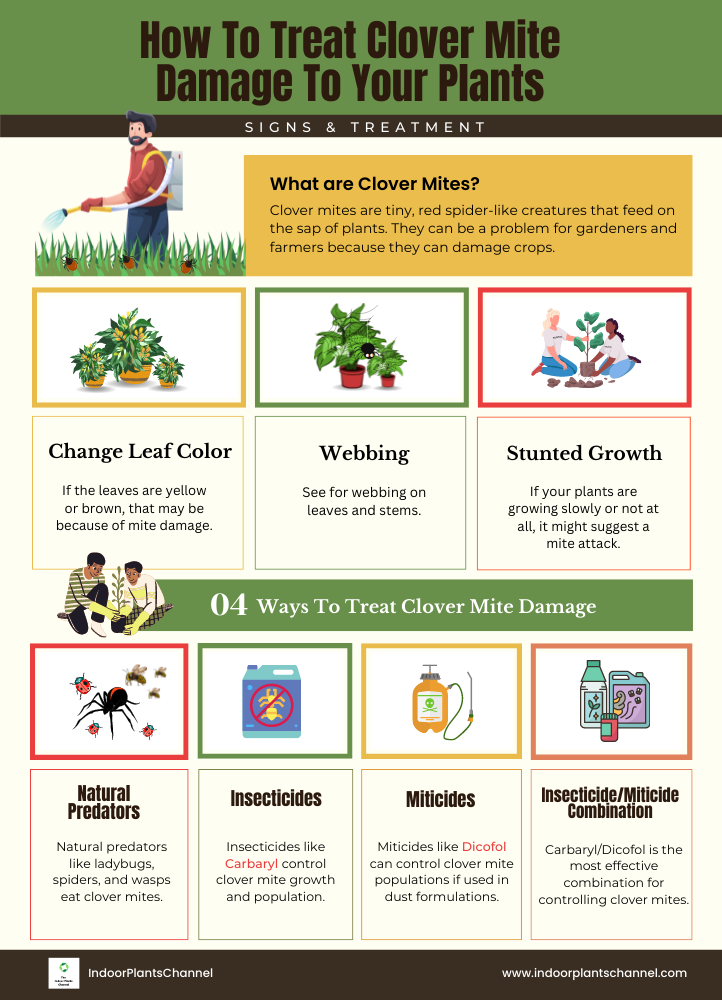
What Are Some Natural Predators Of Clover Mites?
There are several predators of clover mites that can be found in nature. These include ladybugs, spiders, and certain types of wasps.
1. Ladybugs
Ladybugs are a common predator of clover mites. They are attracted to the mites because they are a source of food. Ladybugs will eat the mites and help to keep their population under control.
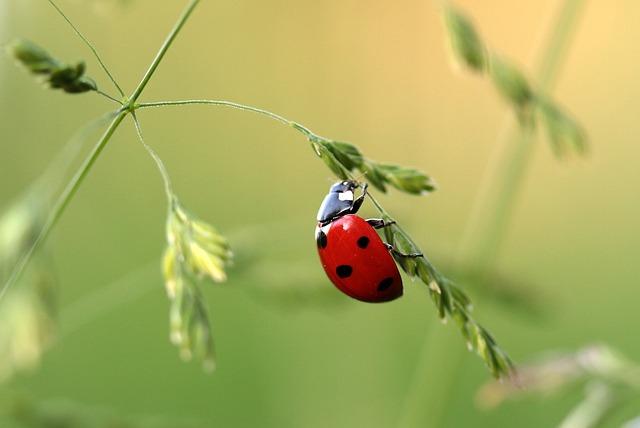
2. Spiders
Spiders are another predator of clover mites. They will usually eat the mites when they are hunting for other prey. However, some spiders will specifically target clover mites because they are a good source of food.
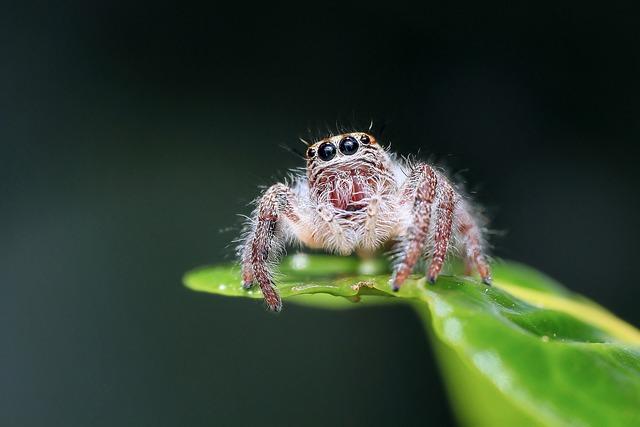
3. Wasps
Certain types of wasps are also predators of clover mites. These wasps will hunt the mites and kill them. This helps to keep the population of clover mites under control.
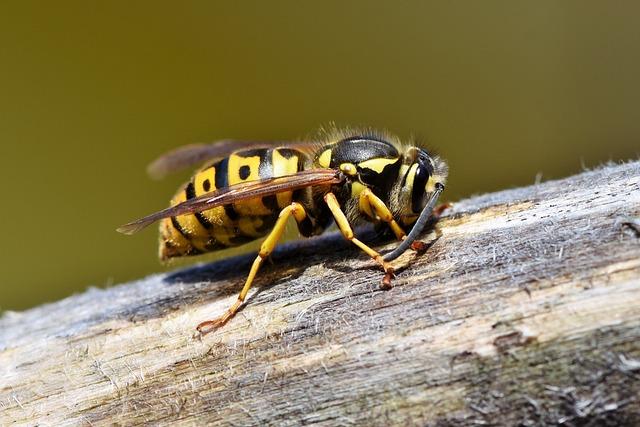
What Are Some Chemical Controls For Clover Mites?
There are a few different ways to control clover mites chemically.
1. Insecticides
Insecticides are chemicals that kill insects. There are different kinds of insecticides, and they work in different ways. Some insecticides work by contact, meaning that they have to touch the insect to kill it. Others work by ingestion, meaning that the insect has to eat the insecticide to be killed. And still, others work by both contact and ingestion.
The most common insecticide used to control clover mites is carbaryl. Carbaryl works by both contact and ingestion. It is a broad-spectrum insecticide, which means that it will kill many different kinds of insects, not just clover mites.
Carbaryl is available in many different formulations, including dust, liquids, granules, and baits. It is important to read the label carefully to ensure you are using the right formulation for the job. For example, if you are using carbaryl to control clover mites in your home, you would want to use a liquid formulation. But if you are using carbaryl to control clover mites in your garden, you would want to use a granular formulation.
2. Miticides
Miticides are chemicals that kill mites. There are different kinds of miticides, and they work in different ways. Some miticides work by contact, meaning that they have to touch the mite to kill it. Others work by ingestion, meaning that the mite has to eat the miticide to be killed. And still, others work by both contact and ingestion.
The most common miticide used to control clover mites is dicofol. Dicofol works by both contact and ingestion. It is a broad-spectrum miticide, which means that it will kill many different kinds of mites, not just clover mites.
Dicofol is available in many different formulations, including dust, liquids, and baits. It is important to read the label carefully to ensure you are using the right formulation for the job. For example, if you are using dicofol to control clover mites in your home, you would want to use a liquid formulation. But if you are using dicofol to control clover mites in your garden, you would want to use a dust formulation.
3. Insecticide/Miticide Combinations
There are also different insecticide/miticide combinations available. These combinations usually work better than either insecticides or miticides alone.
The most common insecticide/miticide combination used to control clover mites is carbaryl/dicofol. This combination works by both contact and ingestion. It is a broad-spectrum insecticide/miticide, which means that it will kill many different kinds of insects and mites, not just clover mites.
Carbaryl/dicofol is available in many different formulations, including dust, liquids, granules, and baits. It is important to read the label carefully to make sure you are using the right formulation for the job.
For example, if you are using carbaryl/dicofol to control clover mites in your home, you would want to use a liquid formulation. But if you are using carbaryl/dicofol to control clover mites in your garden, you would want to use a granular formulation.
There are many other insecticides/miticides combinations available, but carbaryl/dicofol is the most common and most effective.
Are There Any Non-chemical Controls For Clover Mites?
Several non-chemical controls can be used to reduce the number of clover mites around your home or garden.
- Remove their food source by trimming back any plants that are close to your home. This will make it harder for the mites to find a place to feed.
- Another method is to keep your lawn mowed short. Clover mites thrive in long grass, so by keeping your lawn short, you will make it less inviting for them.
- You can also try using a hose to spray down any areas where you see clover mites. The water will not kill them, but it will make them leave the area.
- Finally, you can try using a vacuum cleaner to remove clover mites from your home. Just be sure to empty the vacuum bag afterward so the mites do not escape.
Bonus Tips
- Inspect the plant for clover mites and damage.
- If possible, try to isolate the plant from other plants.
- Treat the plant with an insecticide or miticide.
- Monitor the plant closely for any further signs of infestation or damage.
Frequently Asked Questions
- What are clover mites?
Clover mites are tiny, reddish-brown insects that are closely related to spiders and ticks. They are a nuisance because they often invade homes and other buildings in large numbers. Clover mites don’t bite or carry diseases, but they can be a nuisance because they leave red stains when crushed.
- What kind of damage do clover mites cause to plants?
Clover mites feed on plant sap, which can cause leaves to turn yellow or brown and eventually drop off. In heavy infestations, clover mites can cause stunted growth or even the death of plants.
- How can I prevent clover mite damage to my plants?
The best way to prevent clover mite damage to plants is to keep them away from your plants in the first place. This can be done by sealing cracks and crevices around your home and other buildings, and by using screens on doors and windows. If you have plants that are particularly susceptible to damage from clover mites, you can try using a pesticide labeled for use against these pests.
Conclusion
If you have clover mites in your garden, don’t despair! There are several things you can do to get rid of them and prevent them from coming back. Some of them include using insecticides, natural predators of mites, miticides, etc.
We’ve listed most of the tips you should know about eliminating clover mites above. So, you can go through the post and drop your thoughts in the comments below.
Michelle Wilde
Related posts
![]()
About Michelle Wilde
Michelle Wilde is a stay-at-home mom and avid plant lover. Armed with a post-graduate degree in Computer Science (no kidding!), she loves researching plants and landscapes. When she is not caring for her 4 kids, she spends time on her passion for plants. She blogs at www.indoorplantschannel.com, the trusted source for indoor plants.
Learn more
Subscribe
* You will receive the latest posts and updates about indoor plants!
Search
Recent Posts
Categories
- Beginner Guides (10)
- FAQ (206)
- General (2)
- How-To Guides (212)
- Indoor Plants (214)
- Pest Management (2)
- Plant Problem Solutions (4)
- Seasonal Growing (2)
- Specialized Environments (2)
- Specific Plant Care (3)
- Technical Growing (2)
